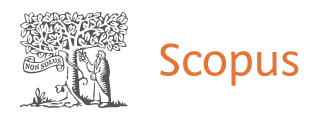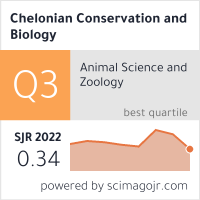MICROBIOME OF HYOPHILA INVOLUTA (HOOK.) A. JAEGER IN QUANTIFYING CHROMIUM IMMERSION AND BIOACCRETION
Abstract
Heavy metal adulteration in aquatic source is difficult to identify and their presence can result in bioaccretion and biomagnification. The present work objectives to assess chromium immersion and bioaccretion by Hyophila involuta (Hook.) A. Jaeger. H. involuta was collected from Pachamalai Hills. The plant was eroded and air dried. The dried thallus was immersed in 50 ml potassium dichromate solution with a chromium concentration of 170μg/ml. Biomass concentration and treatment duration was optimized with biomass ranging from 0.5 g to 3 g and days of immersion from 1 to 3. The thallus showed high levels of chromium immersion. With 24 hours of immersion, 0.5 g biomass removed 17.8 % chromium from water. With increase in biomass concentration there was increase in chromium removal with maximum removal of 82 % when 3 g biomass was used. In day two, 3 g biomass removed 94 % chromium from water and in day 3, biomass concentration from 2 g to 3 g could bring down the detectable range of chromium to zero. Cell wall of bryophytes is thought to have net negative charges that can bio absorb cations. No major studies are there utilizing this ability of bryophytes. Hyophila is common taxa in Tamil Nadu and hence the ability of H. involuta in bioimmersion of chromium can be exploited in water treatment plants.
Downloads
Published
How to Cite
Issue
Section
License
Copyright (c) 2022 Chelonian Research Foundation

This work is licensed under a Creative Commons Attribution 4.0 International License.






